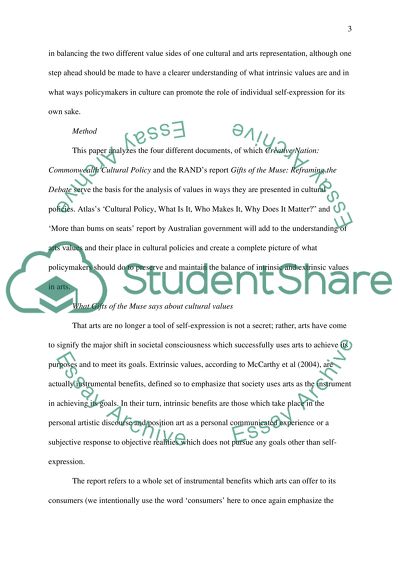Cite this document
(Investigating How a Cultural Policy Document Makes Statements about Assignment, n.d.)
Investigating How a Cultural Policy Document Makes Statements about Assignment. Retrieved from https://studentshare.org/culture/1564314-report-investigating-how-a-cultural-policy-document-makes-statements-about-the-value-of-the-arts
Investigating How a Cultural Policy Document Makes Statements about Assignment. Retrieved from https://studentshare.org/culture/1564314-report-investigating-how-a-cultural-policy-document-makes-statements-about-the-value-of-the-arts
(Investigating How a Cultural Policy Document Makes Statements about Assignment)
Investigating How a Cultural Policy Document Makes Statements about Assignment. https://studentshare.org/culture/1564314-report-investigating-how-a-cultural-policy-document-makes-statements-about-the-value-of-the-arts.
Investigating How a Cultural Policy Document Makes Statements about Assignment. https://studentshare.org/culture/1564314-report-investigating-how-a-cultural-policy-document-makes-statements-about-the-value-of-the-arts.
“Investigating How a Cultural Policy Document Makes Statements about Assignment”, n.d. https://studentshare.org/culture/1564314-report-investigating-how-a-cultural-policy-document-makes-statements-about-the-value-of-the-arts.


